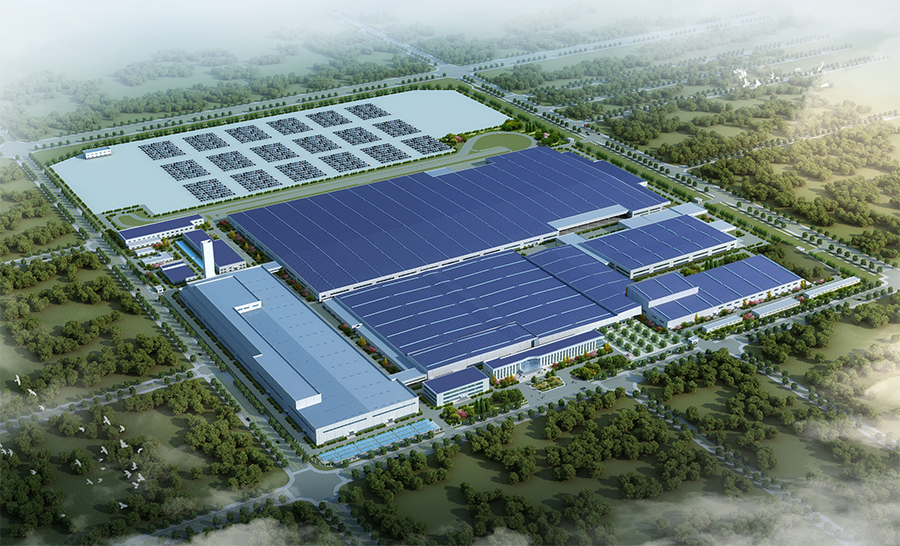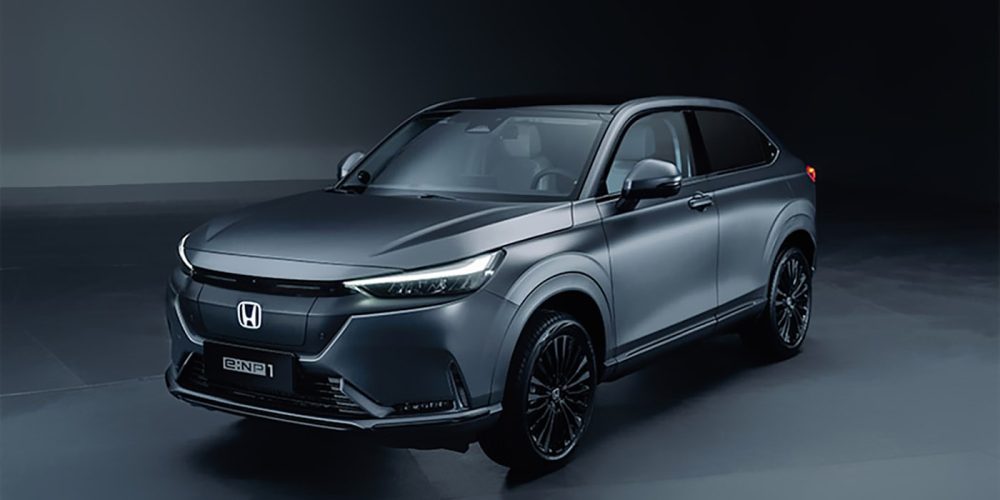
You could argue that the quietest business week in the Western world is that week between Christmas and New Year’s, and into that nebulous, boozy, cheese-filled week of relative silence was lobbed news that China has lifted its decades-old ban on foreign ownership of Chinese car factories. Tesla already owned their Chinese factory, so it seemed like business as usual – until Honda announced plans to build a massive EV factory in China.
The new factory will be built by Honda Motor (China) Investment Co., Ltd., which is a wholly-owned Honda subsidiary (think “Porsche” and “PCNA“) and Dongfeng Honda Automobile Co., Ltd., a Honda sales JV in China. The factory will be, “a new dedicated electric vehicle (EV) production plant … in preparation for the expansion of its EV lineup in the coming years.”
Honda’s new factory will cover 630,000 sq. meters of ground (approx. 155 acres) in the Wuhan Economic Development Zone in Hubei Province, China, and will provide enough capacity to produce 120,000 unnamed EVs per year. But, even though Honda didn’t explicitly say what it was going to build there, we already know two things about what Honda is going to build there, thanks to the “e:N Series” of concept cars Scooter Doll covered back in October (shown, at top).
We’ll circle back to that.

The new EV factory is being designed to be a highly efficient “smart” plant, capable of “start-to-finish” EV production. That means everything from stamping and welding, to painting, assembly, and vehicle inspection. Honda also claims the plant also will strive to achieve an industry-leading level of automation, mainly in the assembly area.
In its press release, Honda claims its new Wuhan plant will, “proactively pursue sustainability initiatives, which will include utilization of renewable energy sources such as solar power toward the realization of carbon neutrality, use of recycled water … and reduction of VOC emissions.”
Honda has been criticized for its “pathetic electric vehicle ambitions” in North America, having previously announced a goal of 100% “electric” sales by 2040. That’s fully twelve years behind Chrysler – and, as we noted, the automaker is still betting on fuel cell hydrogen to achieve that goal, and building its US-market “volume” EVs on GM’s Ultium platform.
It remains to be seen if this new Wuhan factory is the start of an about-face for Honda, showing a new commitment to BEVs, or an isolated attempt to capitalize on China’s inexpensive labor pool and favorable business conditions for locally-built cars. Time will tell.
Electrek’s Take
Pictures of a production-ready, battery-electric version of Honda’s upcoming e:NP1/HR-V successor recently leaked online, but their previous claims that the first volume US-market EV would be based on the Ultium platform gave the impression it was a China-only product; there is speculation that it could reach other markets in limited numbers. That speculation was further fueled by comments made by Christophe Decultot, President, Honda Benelux (Belgium), who was quoted by TopElectric SUV saying, “At the Shanghai car show earlier this year, there was a concept car. Although that model has been developed for the Chinese market, there is a chance that the car will also come to Europe.”
I get the feeling Honda is playing some games here with terms like “volume”, and we’ll be getting some smaller, Chinese-built EVs – if not the e:NP1, itself – to both fill the gap left by the Fit, which was dropped from the North American market at the end of 2020, and act as a compliance car in California à la Mazda MX-30 EV.
Which would you rather have?

Sources | Images: Forbes, Honda.
Subscribe to Electrek on YouTube for exclusive videos and subscribe to the podcast.
Author: Jo Borras
Source: Electrek



